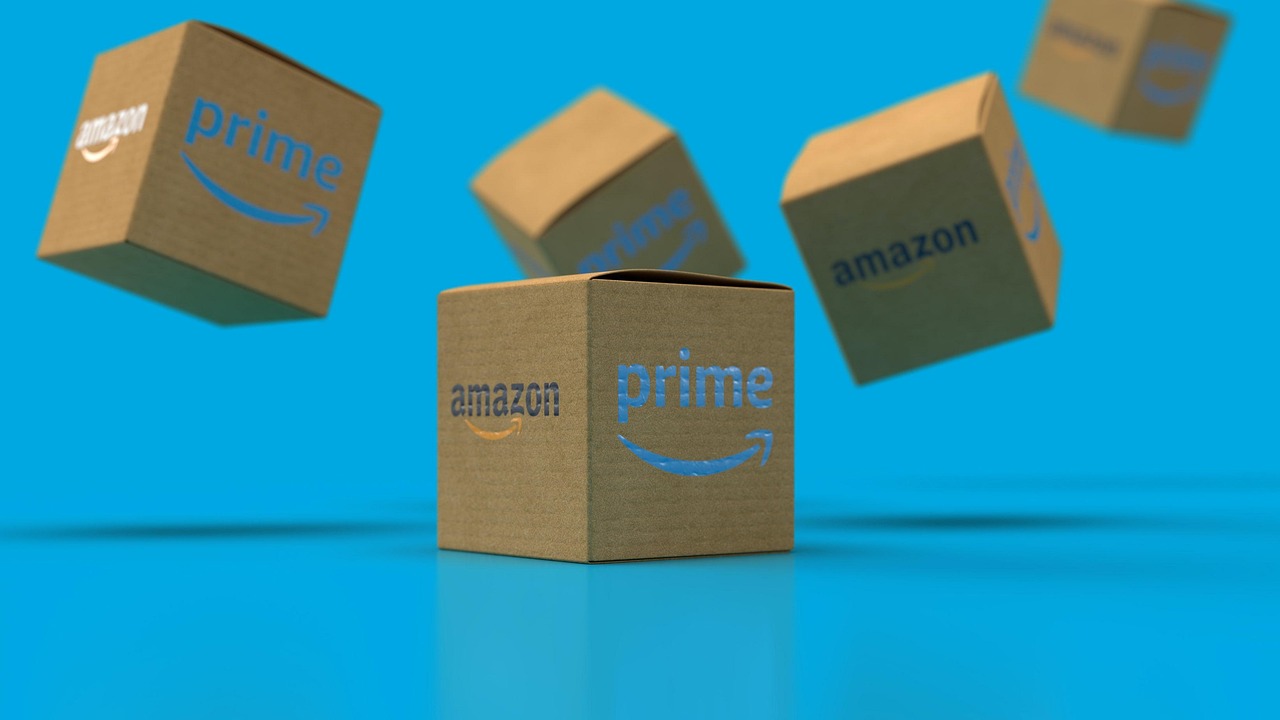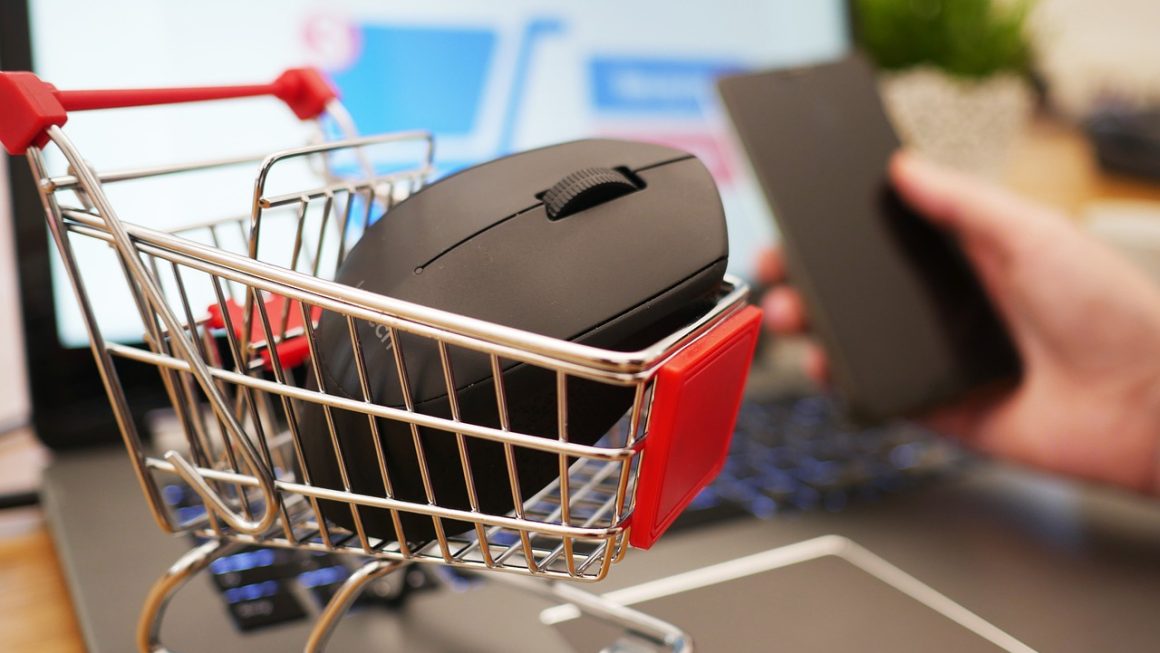B2C sales, or Business-to-Consumer sales, is the engine that drives countless businesses worldwide. From the corner coffee shop to the online retail giant, B2C sales represent the direct exchange of goods and services between a company and individual consumers like you and me. Understanding the nuances of this sales model is critical for any business aiming to thrive in today’s competitive marketplace. Let’s dive into the essential aspects of B2C sales and explore how businesses can effectively connect with and convert their target audience.
Understanding the B2C Sales Landscape
Defining B2C Sales
B2C sales involve selling products or services directly to individual consumers for their personal use. This contrasts with B2B (Business-to-Business) sales, where transactions occur between companies. The B2C sales process typically involves shorter sales cycles, lower transaction values (compared to B2B), and a focus on emotional appeal and immediate gratification.
- Example: A clothing store selling apparel to individual customers is an example of B2C sales. Online retailers like Amazon, Target, and Walmart also operate under the B2C model.
Key Differences between B2C and B2B Sales
It’s crucial to understand the distinctions between B2C and B2B sales:
- Target Audience: B2C targets individual consumers, while B2B targets businesses or organizations.
- Sales Cycle: B2C sales cycles are generally shorter and faster, often driven by impulse purchases or immediate needs. B2B sales cycles are typically longer, involving multiple stakeholders and extensive research.
- Decision-Making Process: B2C decisions are often driven by emotions, personal preferences, and immediate needs. B2B decisions are typically more rational, based on ROI (Return on Investment), efficiency, and cost savings.
- Marketing Approach: B2C marketing emphasizes brand awareness, emotional appeal, and persuasive messaging. B2B marketing focuses on providing information, building relationships, and demonstrating value proposition.
- Transaction Value: B2C transactions are typically smaller in value compared to B2B transactions, which often involve large contracts and long-term partnerships.
The Modern B2C Consumer
Today’s B2C consumer is more informed, empowered, and demanding than ever before. They have access to vast amounts of information, product reviews, and price comparisons at their fingertips. They expect personalized experiences, seamless shopping journeys, and exceptional customer service.
- Key Characteristics:
Digitally Savvy: Comfortable with online shopping, social media, and mobile devices.
Value-Driven: Seeks the best value for their money, considering both price and quality.
Socially Conscious: Interested in brands that align with their values and ethical principles.
Experience-Focused: Prioritizes positive shopping experiences and personalized interactions.
Demanding of Convenience: Expects fast shipping, easy returns, and responsive customer support.
Crafting a Winning B2C Sales Strategy
Understanding Your Target Audience
Identifying and understanding your target audience is fundamental to B2C sales success. This involves conducting market research to gather insights into their demographics, psychographics, needs, preferences, and buying behaviors.
- Actionable Tip: Create detailed buyer personas that represent your ideal customers. These personas should include information such as age, gender, occupation, income, lifestyle, interests, pain points, and purchasing motivations. Tools like Google Analytics, social media analytics, and customer surveys can provide valuable data for building your personas.
Building a Strong Brand Presence
A strong brand presence is essential for attracting and retaining B2C customers. This involves creating a unique brand identity, communicating your brand values effectively, and delivering consistent brand experiences across all touchpoints.
- Key Elements of Brand Building:
Brand Identity: Develop a compelling brand name, logo, and visual identity.
Brand Messaging: Craft a clear and consistent brand message that resonates with your target audience.
Brand Storytelling: Share your brand’s story and values to connect with customers on an emotional level.
Brand Experience: Deliver exceptional customer service and create memorable shopping experiences.
Social Media Engagement: Engage with your audience on social media platforms and build a strong online community.
Leveraging Digital Marketing Channels
Digital marketing plays a crucial role in B2C sales, enabling businesses to reach a wider audience, generate leads, and drive conversions.
- Key Digital Marketing Channels:
Search Engine Optimization (SEO): Optimize your website and content to rank higher in search engine results pages (SERPs).
Pay-Per-Click (PPC) Advertising: Run targeted ad campaigns on search engines and social media platforms.
Social Media Marketing: Engage with your audience on social media, build brand awareness, and drive traffic to your website.
Email Marketing: Build an email list and send targeted email campaigns to nurture leads and promote your products or services.
Content Marketing: Create valuable and engaging content, such as blog posts, articles, videos, and infographics, to attract and educate your target audience.
- Example: A local bakery might use SEO to rank for “best cupcakes near me.” They could also use PPC ads on Google to target customers searching for cake delivery. Social media marketing could involve posting visually appealing pictures of their baked goods on Instagram and running contests to engage followers. Email marketing could be used to send out newsletters with special offers and promotions.
Optimizing the B2C Sales Process
Creating a Seamless Customer Journey
A seamless customer journey is crucial for driving conversions and building customer loyalty. This involves optimizing every touchpoint, from initial awareness to post-purchase support.
- Key Elements of a Seamless Customer Journey:
Easy Navigation: Ensure your website is easy to navigate and user-friendly.
Mobile Optimization: Optimize your website and content for mobile devices.
Fast Loading Speed: Ensure your website loads quickly to avoid frustrating visitors.
Clear Call-to-Actions (CTAs): Use clear and compelling CTAs to guide visitors through the sales funnel.
Multiple Payment Options: Offer a variety of payment options to cater to different customer preferences.
Easy Checkout Process: Simplify the checkout process to minimize cart abandonment.
Personalization and Customer Experience
Personalization is essential for creating memorable customer experiences and building brand loyalty. This involves tailoring your marketing messages, product recommendations, and customer service interactions to individual customer preferences.
- Strategies for Personalization:
Personalized Email Marketing: Send targeted emails based on customer demographics, purchase history, and browsing behavior.
Product Recommendations: Recommend products based on customer preferences and past purchases.
Personalized Website Content: Display personalized content based on customer location, device, and browsing history.
Personalized Customer Service: Provide personalized support based on customer inquiries and past interactions.
Example: An e-commerce store might send an email with recommended products based on a customer’s previous purchases. They might also display personalized website content based on the customer’s location.
The Importance of Customer Service
Exceptional customer service is a critical component of B2C sales. Providing prompt, helpful, and personalized support can significantly impact customer satisfaction and loyalty.
- Key Elements of Exceptional Customer Service:
Fast Response Times: Respond to customer inquiries quickly and efficiently.
Helpful and Knowledgeable Support: Provide accurate and helpful information.
Personalized Interactions: Treat each customer as an individual and address their specific needs.
Multiple Support Channels: Offer support through various channels, such as phone, email, chat, and social media.
Proactive Support: Anticipate customer needs and provide proactive support.
- Example: Zappos is renowned for its exceptional customer service. They offer free shipping and returns, a 365-day return policy, and a customer service team that is empowered to go above and beyond to resolve customer issues.
Leveraging Technology in B2C Sales
Customer Relationship Management (CRM) Systems
CRM systems are essential for managing customer data, tracking interactions, and automating sales processes. They help businesses gain a deeper understanding of their customers and provide personalized experiences.
- Benefits of Using a CRM System:
Improved Customer Relationship Management: Store and manage customer data in a centralized location.
Enhanced Sales Productivity: Automate sales tasks and streamline sales processes.
Better Customer Insights: Gain insights into customer behavior and preferences.
Personalized Customer Experiences: Provide personalized marketing messages and customer service interactions.
Improved Customer Retention: Build stronger customer relationships and increase customer loyalty.
- Examples: Salesforce, HubSpot CRM, Zoho CRM.
E-commerce Platforms and Online Marketplaces
E-commerce platforms and online marketplaces provide businesses with the infrastructure and tools they need to sell products and services online.
- Popular E-commerce Platforms:
Shopify
WooCommerce
BigCommerce
- Popular Online Marketplaces:
Amazon
eBay
Etsy
- Benefits of Using E-commerce Platforms and Online Marketplaces:
Wider Reach: Reach a larger audience of potential customers.
Lower Startup Costs: Reduce the costs associated with building and maintaining an online store.
Built-in Marketing Tools: Access a range of built-in marketing tools and features.
Secure Payment Processing: Benefit from secure payment processing and fraud protection.
Scalability: Easily scale your online business as your sales grow.
Data Analytics and Insights
Data analytics provides businesses with valuable insights into customer behavior, sales trends, and marketing performance.
- Key Metrics to Track:
Website Traffic: Track the number of visitors to your website.
Conversion Rate: Measure the percentage of visitors who make a purchase.
Customer Acquisition Cost (CAC): Calculate the cost of acquiring a new customer.
Customer Lifetime Value (CLTV): Estimate the total revenue a customer will generate over their lifetime.
Churn Rate: Measure the percentage of customers who stop doing business with you.
- Tools for Data Analytics:
Google Analytics
Adobe Analytics
* Mixpanel
Conclusion
Navigating the B2C sales landscape requires a deep understanding of your target audience, a strong brand presence, and a well-defined sales strategy. By leveraging digital marketing channels, optimizing the customer journey, and personalizing the customer experience, businesses can drive conversions and build lasting customer relationships. Embracing technology, such as CRM systems and e-commerce platforms, can further enhance sales productivity and efficiency. Ultimately, success in B2C sales hinges on delivering exceptional value and creating memorable experiences for individual consumers. By focusing on these key principles, businesses can thrive in the ever-evolving world of B2C commerce.




